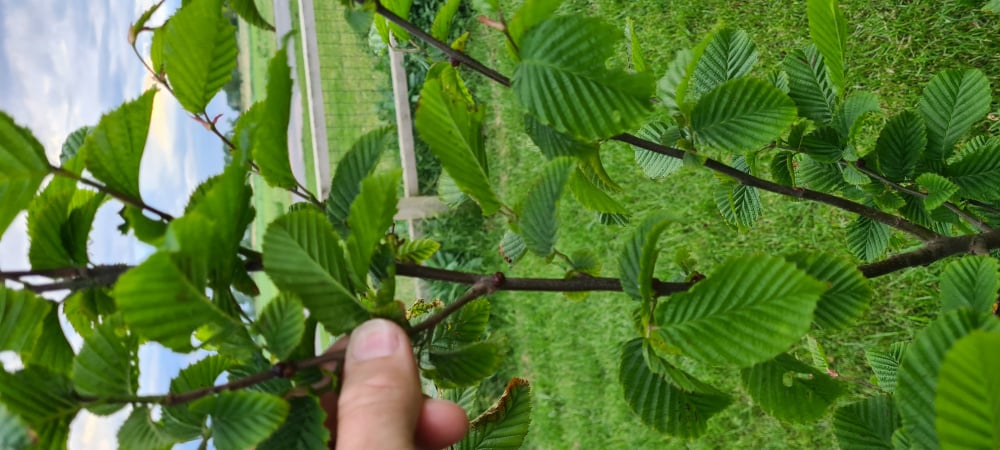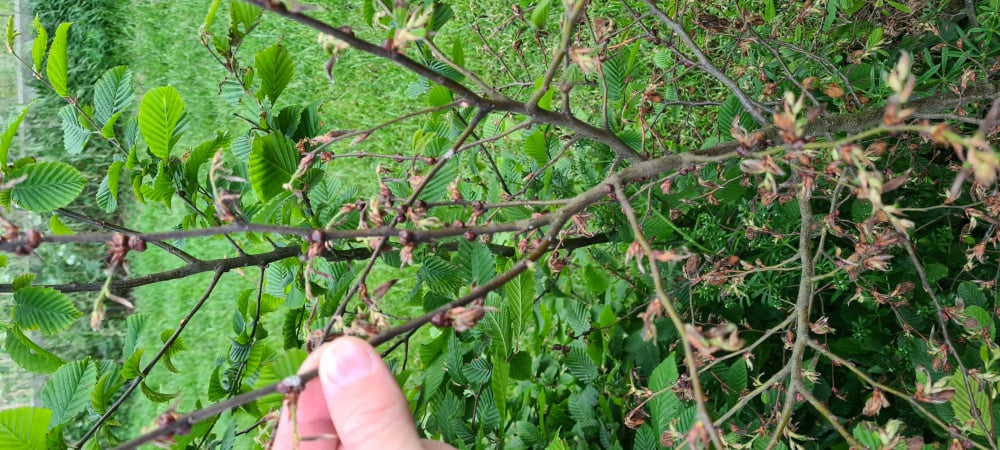This Forum will close on Wednesday 27 March, 2024. Please refer to the announcement on the Discussions page for further detail.
Hornbeam hedge diseases
in Plants
Good evening, can anyone shed any light to why our Hornbeam hedge is dying. A couple of plants have died back with brown wart like lumps at each leaf / branch. A couple of other plants now have these same lumps on them, I'm assuming it's some type of disease but can't find anything like it on the Internet.
Many thanks Adam

Many thanks Adam


0
Posts
Hornbeam is generally trouble free, but it does like good moisture, and if it's a new hedge, it's not uncommon for odd bits to fail too. Grass or nearby planting can affect growth too, especially in a hedge that's trying to establish.
I can't really see any bumps or lumps, but it's possible it's scale from your description. If you can do a close up of them, that might help
I live in west central Scotland - not where that photo is...
Many thanks Adam
Normally they would open and the leaves would unfurl.
Quote below from here.
https://www.brickfieldspark.org/data/hornbeam.htm
Quote link above...
"Update - Hornbeam and possibly Purple Hornbeam have been found to be susceptible to Phytophthora fungal infections, similar to Sudden Oak Death, a disease caused by a fungus–like pathogen Phytophthora ramorum. Widespread in the U.S., with recent reports of the disease in the UK, mainly affecting many Oak species it has also been found on several other species, including Douglas fir and Camelia. Some species are prone to lethal trunk infections, whilst other plants are infected with supposedly more benign foliar and twig infections, with these foliar infections playing a key role in spread of P. ramorum by acting as an infected reservoir. Rhododendron spp. has been determined as a major source of P. ramorum. Mortality is most common where Oaks and these foliar hosts are found growing together."
I presume there isn't a cure or a remedy of any kind either?
That doesn't sound great @golding.racingLqGlZ100. It certainly looks like the description S.Surfer has offered.
I live in west central Scotland - not where that photo is...
New pics clearly not dead buds.
Good luck with eradicating them
I read online about treating the plant while the insects are in "the crawler stage" but it took me a while to figure out what that meant. I was obsessing about the little warts that I could scrape off to reveal a powdery substance underneath.
Then I realised that these warts are the DEAD insects from last year's cycle, and it took me a few hours to notice that THIS YEAR'S insects have hatched and are positioned all along UNDERNEATH the twigs like (see the tiny oval grey dots). These are not as conspicuous as the warts, which is why it took me so long to see them: however, they are sucking the life out of my plants, so now is the time to act.
Given the size of my trees, I opted to go straight for the systemic solution (if it were a houseplant, I might have coated every twig with detergent etc.).
I now know that this infestation has been going on for at least two years, so I'm going to be monitoring the situation and applying remedies at intervals - it will probably take me 6-12 month to get healthy trees again.
Hope that this helps!